Kids learning programme
Top 15 Learning Programs for Kids 2023: Free Education
Those in education will tell you that sooner is always better than later when it comes to education. If your children or students struggle with learning due to the COVID pandemic or if they need extra stimulation after school, there’s never been a better time to add some online learning programs to their curriculum. This list of online learning programs for kids will look at examples for very young children to high school students, so wherever your kids are, they can benefit from some of these expert-recommended online resources.
Discover some of the best learning programs for kids
Most of these are either free or they have free options. Most have paid options that open up new resources or even live instruction by a teacher. Try not to get overwhelmed by these learning platforms, and be sure to try out any program before committing to it. Follow your kids’ interests and any of these choices will work well for them.
Elementary school learning programs
Younger kids thrive with encouragement and fun. Play should be a major part of any young child’s education, as what they perceive as “fun” early in life will be easier to reinforce later. Programs should be colorful, enticing, and immersive so kids aren’t even focused on the idea of being in school, but rather that learning is a part of having a good time.
1. Beginner Coding Program
Scratch is an excellent place for kids who love coding to begin because it uses a LEGO-like drag-and-drop interface to help kids learn coding logic. Using Scratch, one of the best platforms for kids to learn computer science, Create & Learn's award-winning live online classes offer students a chance to build their own games, animations, and other programs with the help of a professional coding teacher. The courses are suitable for different ages, but this is a great one for younger kids. There's even a free intro lesson, to this course, designed by experts from Google, Stanford, and MIT.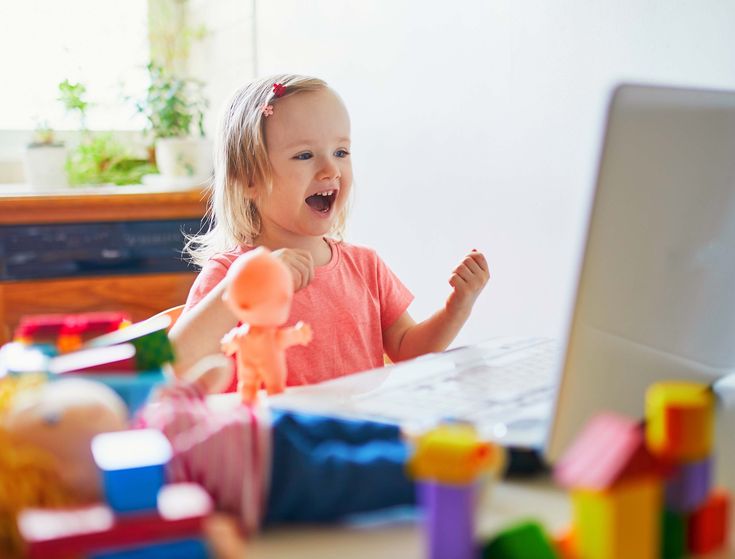
Grades: 2-5
2. Scholastic Learn at Home
If your child is 10 years old or younger and loves reading, the Scholastic Learn at Home program offers a lot of awesome fun activities for kids to learn. They have activity books and workbooks, reading guides for parents and students, and educational articles geared towards kids about engineering, genetics, animals, and so much more.
Grades: K - 5
3. National Geographic Kids
As a leader of wildlife, anthropological, and environmental photography and journalism, National Geographic offers tons of great resources for kids. There are great lesson plans, interactive websites, and tons of maps available to kids. They have a focus on the United States, but they feature great articles that reflect current events in science, history, and space travel. They also offer a monthly subscription to their magazine for a yearly fee.
Grades: K - 8
4. PBS Kids
Sesame Street. Arthur. Mr. Roger’s Neighborhood. These names are some of the most respected in early childhood edu-tainment that have grown and evolved over the past half century through PBS media. The great resources on their website are perfect for kids who study at home or those looking for fun, educational boosts for their interests and hobbies.
Arthur. Mr. Roger’s Neighborhood. These names are some of the most respected in early childhood edu-tainment that have grown and evolved over the past half century through PBS media. The great resources on their website are perfect for kids who study at home or those looking for fun, educational boosts for their interests and hobbies.
Grades: K - 2
5. Sesame Street and Sesamo
For very young children aged 2 - 5, there’s few resources as great as Sesame Street or Sesamo (for Spanish and Portuguese speaking students). Learning about counting, shapes, and basic phonics with Elmo, Big Bird, and Oscar the Grouch is even more easy and fun with their online programming and educational resources.
Grades: K - 2
Middle school learning programs for kids
Middle school kids need greater challenges, but also fun and encouragement. They are ready for complex topics, but shouldn’t be pushed too far too fast. These websites and apps are all great for middle school students.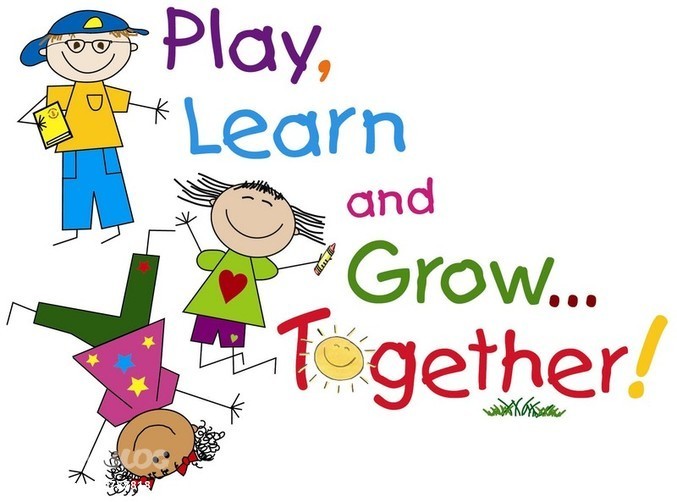
6. PBS Learning Media
PBS is not just for younger kids. They have tons of great resources for middle school kids as well. Learn about the history of science, world geography, and many other cool topics for kids. The videos have a great production value and they are all free.
Grades: 6 - 8
7. FunBrain
Funbrain is a great learning platform for kids, which allows them to explore math and science through reading and interactive content. As PCMag said in a review, “This site is better for engaging educational curiosity than it is for getting help with specific subject matter.” Some of the games are better than others, but it has content for kids from pre-K to middle school.
Grades: K - 8
8. DOGO News
A great place to start for kids interested in news and current events. These resources are focused on English language arts (ELA), but they also foster curiosity, critical thinking, and reflection about world events, presented in a kid-friendly way.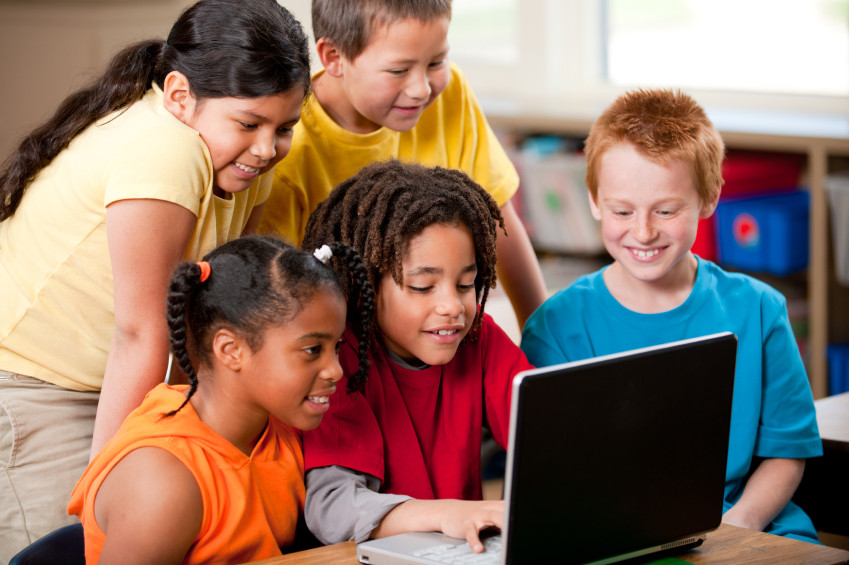 The site is updated frequently, ensuring a steady stream of fresh videos for kids.
The site is updated frequently, ensuring a steady stream of fresh videos for kids.
Grades: 6 - 12
9. Coding for Middle Schoolers
Designed to teach older kids how to code, this is an accelerated Scratch coding class that's beginner friendly and uses MIT’s Scratch programming language, in which kids code using colorful and easy to use blocks that take the guesswork out of coding. These live online classes taught by teachers in small groups can help kids design cool games and much more.
Grades: 5 - 9
10. Brainscape
Brainscape is a flashcard app that helps kids to study virtually any subject from Middle School and High School. Kids can get flashcards for Algebra, Biology, Chemistry, and Driver’s Ed. They have special flashcard decks for specific AP subjects as well as for standardized tests. It’s got some content for younger kids, but most of its flashcards are aimed at middle to high school students.
Grades: 6 - 12
Learning programs for high school kids
High school is a challenging time, especially for kids who are struggling and for those who dream big about colleges and careers. These websites offer both videos, quizzes, and live classes to help high school students learn better.
These websites offer both videos, quizzes, and live classes to help high school students learn better.
11. Python Programming
Have fun mastering this essential computer programming language. PPython is a high-level coding language used by companies such as Netflix and Google, and it is also used for web development, game development, building apps, machine learning, and so much more. This live online class covers not only the basics of Python coding for kids and teens, but also puts a strong focus on the elements of Python that are most relevant to Artificial Intelligence, including data structures and libraries.
Grades: 5-12
12. Game Programming with Unity
High schoolers love gaming. It’s one of the most popular things for older kids, and what better way to encourage an interest in coding and computer science than to help kids design their own games? This Unity Game design course features training in Unity, the development framework for popular games like Flappy Bird, Candy Crush, and Hollow Knight.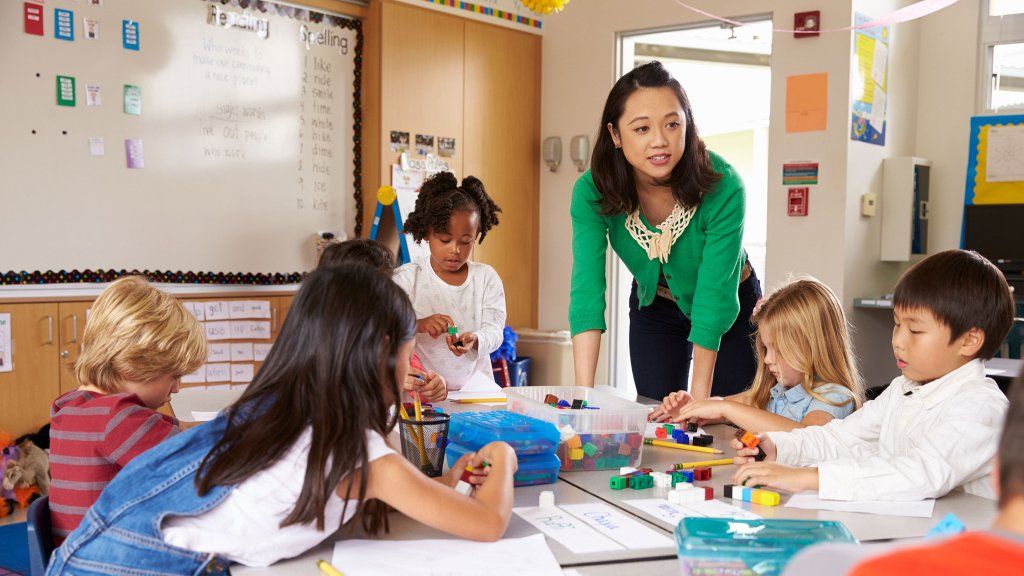
Grades: 6 - 12
13. Monterey Bay Aquarium Learn from Home
For high school students with an interest in biology, oceanography, and other Earth sciences, the Monterey Bay Aquarium has a great feature on their website called, Learn from Home, focused on bringing STEM education out of the museum and into the home. Recognizing that many kids moved to home schooling after the pandemic, this resource seeks to bring kids up to speed on the latest climate science.
Grades: 6 - 12
14. Khan Academy
Khan Academy has become famous over the past decade, for good reason: it’s one of the best platforms for kids to learn math, science, and other subjects. There are tons of free classes aimed at bringing kids up to speed with their grade in a comfortable tutoring environment that uses videos. But everything they produce is high quality, and they encourage kids to have a growth mindset, meaning that they can get better at anything they apply themselves to.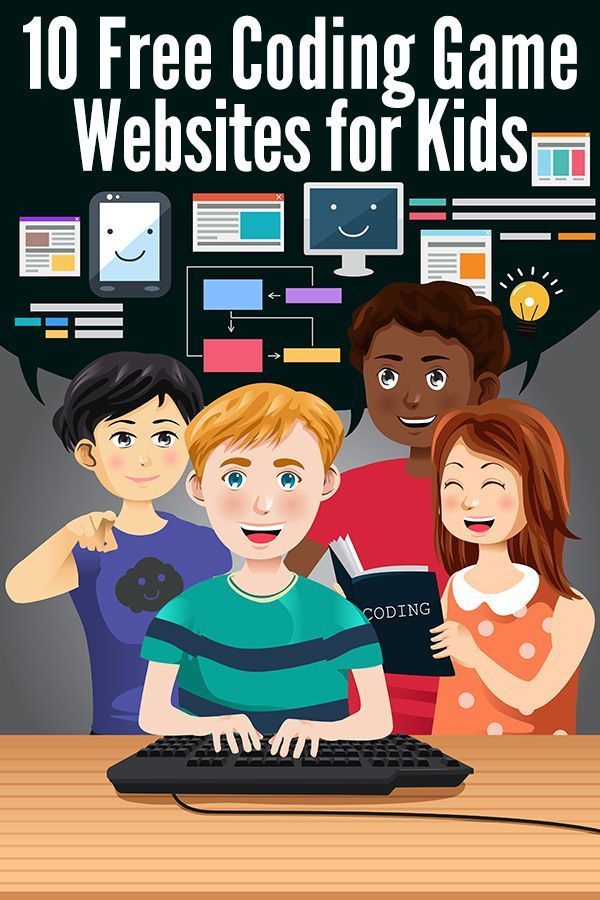 They have content for kids of all ages, but much of their videos for older kids are great for tutoring.
They have content for kids of all ages, but much of their videos for older kids are great for tutoring.
Grades: K - 12
15. TED ED
TED talks have become one of the most popular ways for new information and academic research to get to the public, so it’s not surprising that they have great learning resources for middle and high school students as well. Explore the dark history of zombies, the science of climate change, and how candy is made. It’s fun and educational!
Grades: 6 - 12
Bonus. AP Computer Science in Java
For high school students who want to go the extra mile and pass the AP exam in Computer Science A, this course is a golden opportunity for learning the requirements for the exam and the study methods that will help each student achieve a high score of 4 or 5 on the AP exam. It is not an easy course, and students should already have some understanding of coding and computer science, but with that, advanced students will find great learning opportunities with the help of a live, professional educator.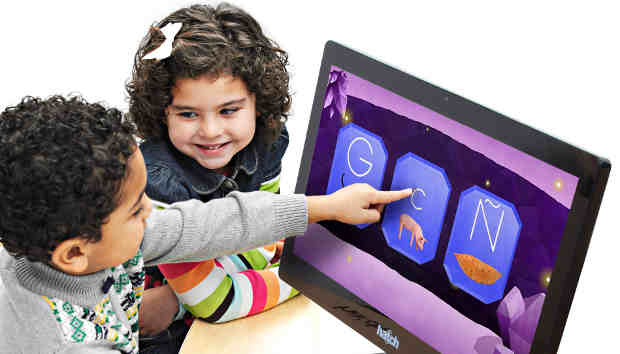
Grades: 10 - 12
If you haven’t found something here, there are some great articles on the topic at Parents, PCMag, and Parenting that can give you even more great options.
Try the best learning programs for kids
Whether looking for fun activities for a home-schooled third grader, or tutoring resources for an ambitious senior in high school, there’s something for everyone to learn online. Up next, explore free STEM at-home learning resources. If you are looking for live instruction from an expert, consider exploring some of the best free online classes for kids next.
Written by Bryan Gordon, a Create & Learn instructor. After ten years of working as an English teacher, Bryan began studying Math and Computer Science over the past few years. Aside from writing and teaching, he likes cooking, gardening, playing guitar, and hanging out with his cats, Baguette and Wally.
18 Top Educational Shows for Kids
Advertisement - Continue Reading Below
1
Xavier Riddle and the Secret Museum
PBS KidsAre you ready for an adventure? Ready to go back in time? Experience both, plus meet historical figures (imagined as kids!) all along the way with Xavier Riddle and friends.
Ages: 5-8
STREAM NOW
2
Number Blocks
NetflixEasily digestible 5-minute episodes teach simple counting lessons with a cheerful cast of colorful blocks. Catchy songs and dialogue accompany bright, creative animation.
Ages: Toddlers
STREAM NOW
3
The Who Was? Show
Netflix//NetflixBased on the popular book series of the same name, each episode features a pair of very different historical figures, for example Gandhi and Benjamin Franklin, Isaac Newton and Amelia Earhart, Galileo and Queen Elizabeth. Kid actors bring the personalities to life in amusing, entertaining, sketch-comedy style skits. Beware of the catchy theme song!
Ages: 8-12
STREAM NOW
Advertisement - Continue Reading Below
4
Sesame Street
Bill Pierce//Getty ImagesSince its first episode in 1969, Sesame Street has been entertaining and teaching a diverse audience of children.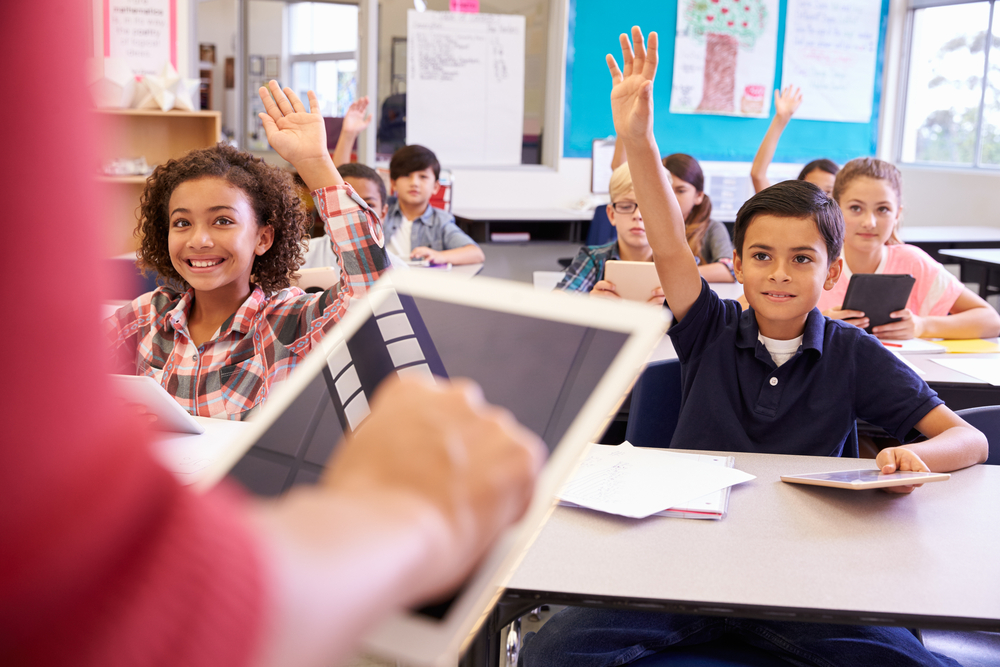 Lovable characters like Big Bird, Cookie Monster, Oscar the Grouch, and Bert and Ernie teach letters, numbers, and valuable life lessons. Sesame Street is the classic show for kids, as well as a nostalgic trip down Memory Lane for parents.
Lovable characters like Big Bird, Cookie Monster, Oscar the Grouch, and Bert and Ernie teach letters, numbers, and valuable life lessons. Sesame Street is the classic show for kids, as well as a nostalgic trip down Memory Lane for parents.
Ages: Preschool
STREAM NOW
5
Odd Squad
PBSUsing their sharp math skills, the agents of the Odd Squad tackle, well, really odd cases. No incident is too strange for this crew, which makes each episode a real nail-biter.
Ages: 5-8
STREAM NOW
6
If I Were an Animal...
Netflix//NetflixPeek into the lives of animals in their natural habitats, like a hedgehog as he searches for a place to hibernate, a baby giraffe's first steps, a pair of polar bears who leave their den, a penguin as it heads out to sea, and more. The show is narrated by sweet child voices, making it all the more suitable and relatable for your little ones.
All ages (preschool especially)
STREAM NOW
Advertisement - Continue Reading Below
7
Sid the Science Kid
PBSWe're guessing your kiddos are curious, right? Well, meet their new BFF, Sid. He starts each episode with an everyday question like "Why are my shoes shrinking?" or "Why do bananas get mushy?" and spends his day answering it through a scientific lens. There's no shortage of catchy tunes and lots of humor to keep kids engaged.
Age: Preschool
STREAM NOW
8
Super Why
PBS“Reading is power!” is the motto of this super cute show featuring a team of fairytale superheroes. The two-way dialogue between the show’s dynamic characters (Whyatt, Princess Pea, and Red Riding Hood) and children makes for a sweet interactive experience.
Age: Preschool
STREAM NOW
9
Ask the Storybots
Netflix//NetflixFor the Storybots, "answering questions is their business and pleasure.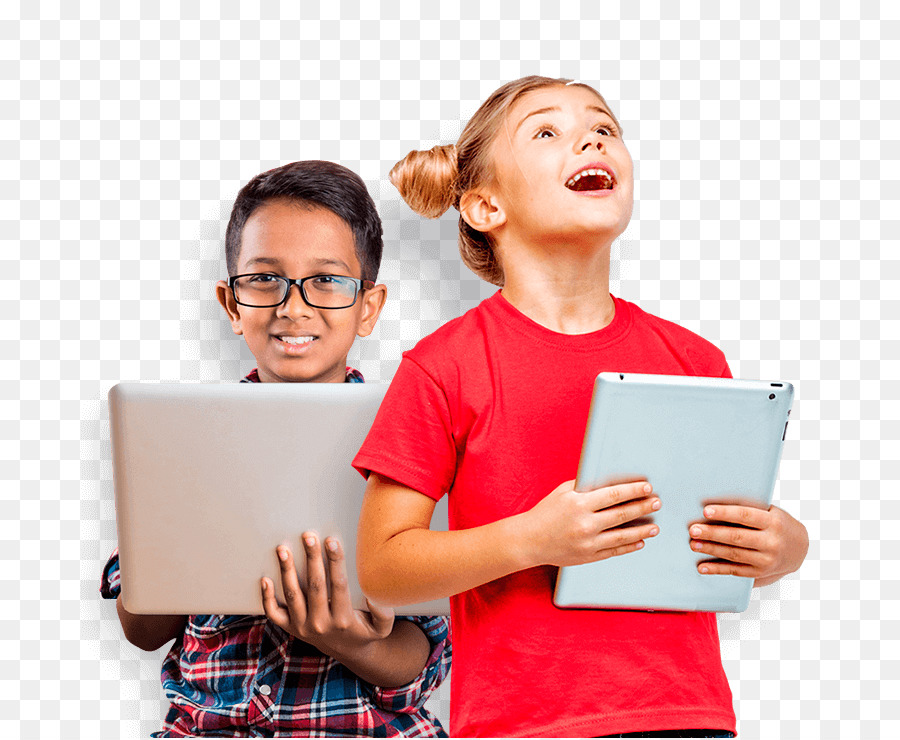 " They investigate and find the information to answer each episode’s title question like, "Why do we have to recycle?"; " How do cell phones work?" and "Why do people look different?"
" They investigate and find the information to answer each episode’s title question like, "Why do we have to recycle?"; " How do cell phones work?" and "Why do people look different?"
Ages: 3-8
STREAM NOW
Advertisement - Continue Reading Below
10
Bill Nye the Science Guy
Rex Rystedt//Getty ImagesFrom 1993-1998, Bill Nye covered topics like life science (humans, living things), physical science (chemistry, physics), and planetary science (earth, space) on his namesake series. (He is the science guy, after all.) You can still find episodes of this popular show more than 20 years after it wrapped.
Ages: 7-10
STREAM NOW
11
Little Einsteins
Disney Junior//DisneyWith their trusty sidekick Rocket, the Little Einsteins embark on adventures to explore nature, culture, and more, all with a soundtrack of classical music. A cast of diverse animated characters work together as a team to solve challenges.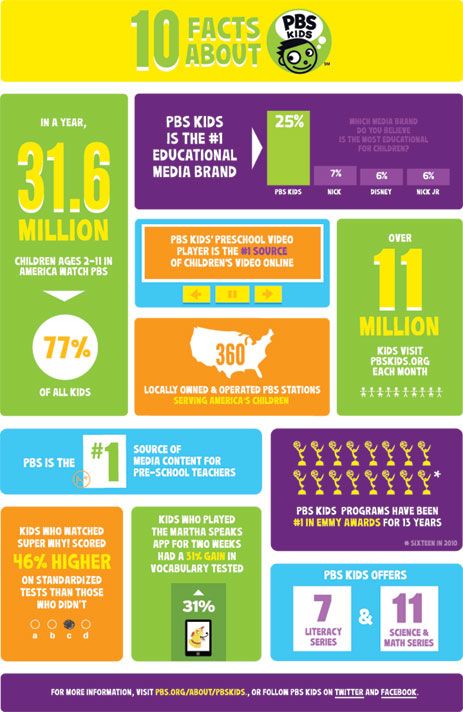 The theme song is particularly catchy!
The theme song is particularly catchy!
Ages: Preschool
STREAM NOW
12
Wishbone
Amazon PrimeAiring from 1995-1997, this popular television show followed an adventurous Jack Russell terrier named Wishbone as he becomes characters from classic literature, from Jane Austen to Shakespeare.
Ages: Elementary ages
STREAM NOW
Advertisement - Continue Reading Below
13
Baby Einstein
Baby EinsteinSince the late '90s, parents around the world have claimed that their kids are smarter because of Baby Einstein. With a toy line, books. and other baby products to accompany the sweet, colorful videos, kids are engaged both on and off screen.
Ages: Babies and toddlers
STREAM NOW
14
Brainchild
Netflix//NetflixThis clever show touches on topics like germs (“a lot of things that you might think are clean are actually full of germs”), space (“how big is the universe?”), thinking (“why do some thoughts just pop into your head?”), and even deep dives into subjects like social media and emotions.
All ages (although parents should screen more mature topics)
STREAM NOW
15
Ready Jet Go!
PBSKids are fascinated by all things space—the moon, stars, and sky. Introducing Jet Propulsion, an animated "alien" boy, who knows first-hand what it's like out there in space. Ready Jet Go! offers an introduction to earth science and technology that will inspire future astronauts and astrologers.
Ages: 3-8
STREAM NOW
Advertisement - Continue Reading Below
16
The Magic School Bus
Scholastic KidsThe Magic School Bus aired from 1994 to 1997 and is somewhat of a cult classic. The show, based on the best-selling book series of the same name, follows the eccentric Ms. Frizzle and her class as they set off on field trips via virtual bus ride. Students set off on wacky adventures while learning all about science.
Ages: 6-12
STREAM NOW
17
The Magic School Bus Rides Again
Netflix//NetflixThere’s a new teacher in town! And it’s Ms. Frizzle’s little sister! The Magic School Bus Rides Again offers the same entertaining adventures as the original popular show it's based on. The show promotes imagination and innovation as the students go on truly magical adventures in each episode. To the bus!
Frizzle’s little sister! The Magic School Bus Rides Again offers the same entertaining adventures as the original popular show it's based on. The show promotes imagination and innovation as the students go on truly magical adventures in each episode. To the bus!
Ages: 6-12
STREAM NOW
18
Wild Kratts
PBSAnimated brothers Chris and Martin take kids on a wild journey to amazing animal habitats around the world. Their sense of adventure will appeal to thrill-seeking kids who are curious about animals.
Ages: 6-8
STREAM NOW
training programs for the development of first-graders
Types of programs for elementary school
Traditional and developmental systems of education are distinguished in pedagogy:
- Traditional. Training is built according to the scheme "we study - we fix - we check." This system is used both in the beginning and in subsequent classes.
- Developmental.
 Training is built according to the scheme "we study - we independently draw conclusions - we practice." As a rule, it is aimed exclusively at elementary grades and is not used in middle and high schools.
Training is built according to the scheme "we study - we independently draw conclusions - we practice." As a rule, it is aimed exclusively at elementary grades and is not used in middle and high schools.
Each system has a variety of curricula. Consider the most popular.
Source: freepik.com
Program L.V. Zankova
📌 Developmental curriculum for primary school
Fundamentals of the theory - works of L.S. Vygotsky. According to the program, one should not be afraid of mistakes - they learn from them. The schoolboy jumps above his head, but his own, and not someone else's. Disadvantages of the system: a fast pace of learning and a high level of difficulty is not suitable for every child.
D.B. system Elkonin - V.V. Davydova
📌 Developing curriculum for elementary grades
Daniil Elkonin and Vasily Davydov are Soviet scientists. According to their program, students in elementary school are not graded, it is assumed that students must independently assess the level of their knowledge.
Most of the parents in this program are afraid that due to the lack of grades, the level of knowledge will be low. Elkonin and Davydov assure that learning is more effective if the student is not demotivated by subjective scores. By the way, elementary Waldorf schools adhere to a similar methodology - children are not graded there either.
<
“School of Russia”
📌 Traditional curriculum for elementary grades
“School of Russia” is the most popular curriculum. Complies with GEF and is used in most schools. The main goal is spiritual and moral development, which is formed in specially created conditions. The main vector is aimed at the adaptation of the child in the team.
Training under the program is aimed at adaptation in a team, accumulation of knowledge and skills for further training. But feedback from parents is not always positive. Many note that the world around us can be greatly reduced, and the four-year program is too long.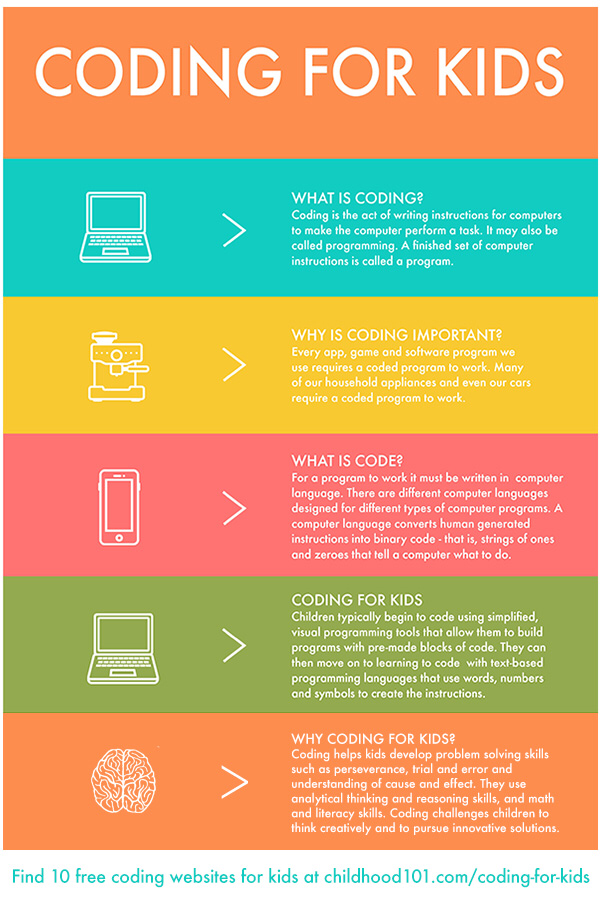
<
"RITM"
📌 Traditional curriculum for elementary grades
"RITM" stands for development, individuality, creativity, thinking. The program combines the traditions of the national elementary school K.D. Ushinsky and the achievements of modern psychology and methodology. The features of this curriculum in the primary grades of the school are variability and an extensive information and educational environment. It is believed that every child should learn to think creatively and independently, as well as to reveal their individuality. The system consists of completed subject lines of textbooks, which are included in the federal list, except for the ABC and Literary Reading.
<
Primary school of the XXI century (Vinogradova system)
Vinogradova is a doctor of pedagogical sciences and the creator of a training program for first grade children. The program is aimed at strong students. To pass it successfully, you need to come to the first class with a certain level of preparation. This program is based on the theory of L.S. Vygotsky, as well as the ideas of Elkonin and Davydov. UMK is included in the Federal list of textbooks recommended by the Ministry of Education and Science. It is believed that the goal of a teacher working on this teaching method is to teach a child to learn.
To pass it successfully, you need to come to the first class with a certain level of preparation. This program is based on the theory of L.S. Vygotsky, as well as the ideas of Elkonin and Davydov. UMK is included in the Federal list of textbooks recommended by the Ministry of Education and Science. It is believed that the goal of a teacher working on this teaching method is to teach a child to learn.
Perspektiva
📌 Traditional Primary School Education Program
The author of this Primary School Education Program is Lyudmila Peterson, a Russian teacher, mathematician and Doctor of Pedagogical Sciences. In addition to Perspektiva, she developed a popular mathematics course in Russia for preschool and school age. Peculiarities of WMC Peterson are personality education and spiritual and moral development. It is assumed that educational materials are structured so that the child's curiosity is not lost, but constantly nourished and turns into a need to learn new things.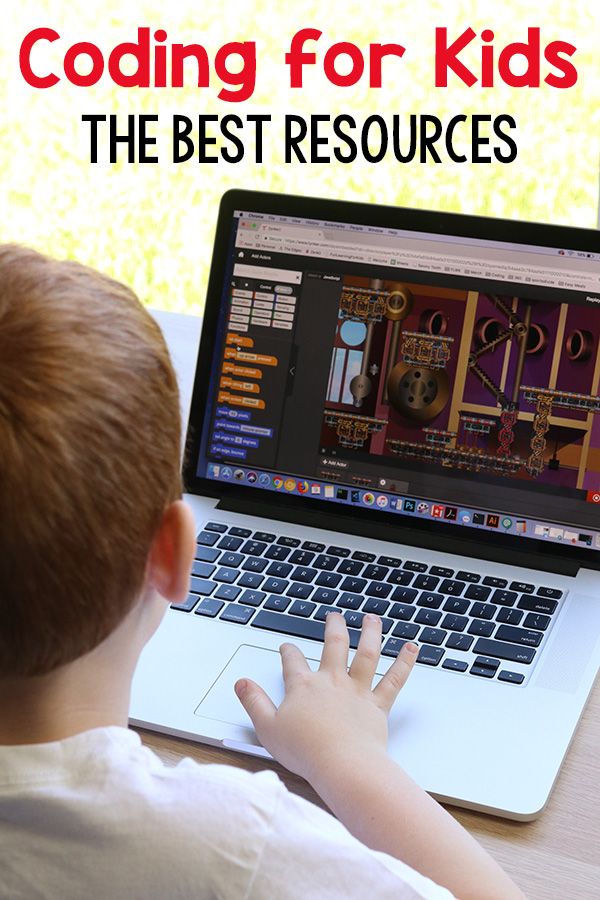
"Harmony"
📌 Traditional education program for elementary grades
Educational program for elementary grades "Harmony" is based on two principles: humanization and developing education. A feature of the EMC is the dynamic assessment of the success of each child, which is reflected in the portfolio. The concept of the program was proposed by Doctor of Pedagogical Sciences N.B. Istomin. For successful learning under the program, the child must already be able to actively communicate, think logically, and have an objective interest in knowledge. Preparation of preschoolers for "Harmony" falls on the shoulders of parents.
“School 2100”
📌 Traditional primary education program
This primary education program is called “the concept of the educational system” because it has not one, but a whole team of authors: Sh.A. Amonashvili, A.A. Leontiev, L.G. Peterson, R.N. Buneev, E.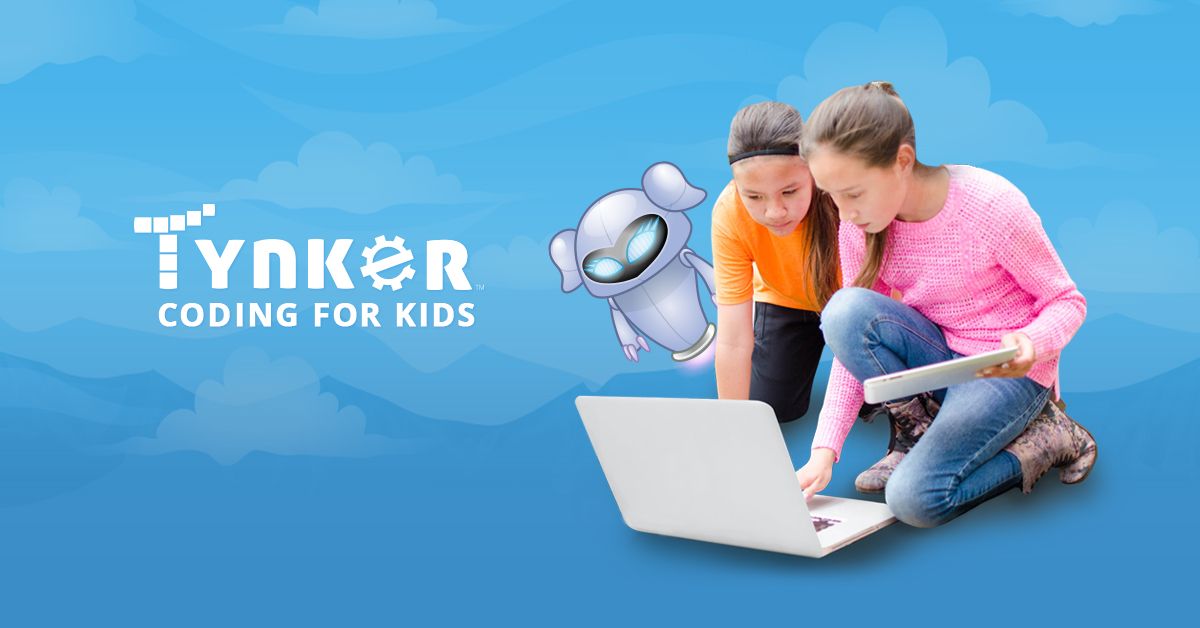 V. Buneeva and others. It is based on the “pedagogy of common sense” by A.A. Leontiev. The features of the program are called continuity at all stages of education from kindergarten to university, consistency in the use of acquired knowledge and continuity in the sequence of educational tasks. Work on the program continues at the middle level. As a result, the authors see a child capable of self-development, owning a picture of the world and bearing responsibility for himself and his education.
V. Buneeva and others. It is based on the “pedagogy of common sense” by A.A. Leontiev. The features of the program are called continuity at all stages of education from kindergarten to university, consistency in the use of acquired knowledge and continuity in the sequence of educational tasks. Work on the program continues at the middle level. As a result, the authors see a child capable of self-development, owning a picture of the world and bearing responsibility for himself and his education.
Planet of Knowledge
📌 Traditional primary school curriculum
The fundamental principle of this program is variability. TMC consists of two parts:
- all schoolchildren should know the basic level;
- difficult level consists of non-standard tasks for curious students who want to increase their knowledge.
According to this elementary school program, the student must strive for new knowledge and enjoy learning. To do this, you need to create comfortable conditions. Therefore, the first year of study is considered adaptive - young students are not overloaded and are allowed to smoothly join the process. The advantages of the program are the variability of levels and tasks, the education of the desire to acquire new knowledge. The disadvantages include preschool education - the child must be able to read and count.
To do this, you need to create comfortable conditions. Therefore, the first year of study is considered adaptive - young students are not overloaded and are allowed to smoothly join the process. The advantages of the program are the variability of levels and tasks, the education of the desire to acquire new knowledge. The disadvantages include preschool education - the child must be able to read and count.
Promising Primary School
📌 Traditional Primary Education Program
This Primary School program was developed in 2006 along with the first GEF. As in the Planet of Knowledge program, the entire learning process is based on the child's desire to learn. For simplicity of reasoning, constant book characters were invented - Misha and Masha. So children in elementary school learn the material visually.
<
